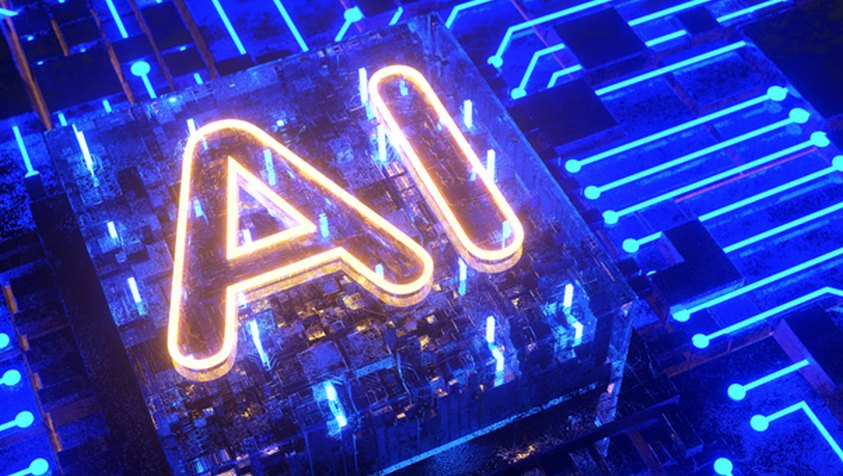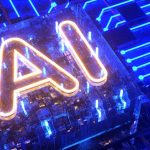The Intersection of Future-Ready Technologies: How AIs Use Within Web3 Is Increasing

The past half-decade or so has seen the rise of various technological innovations, but none have garnered more traction than artificial intelligence (AI) and Web3. From a purely monetary perspective, the AI industry — which was valued at $454.12 billion in 2022 — is expected to hit a valuation of $2.5+ trillion over the course of the coming decade, growing at a compound annual growth rate (CAGR) of 19% during the above-said time frame. Similarly, Web3 and its associated technologies have seeped into several unique domains, prompting researchers to value this market at approximately $116.51 billion by the end of 2033.
While seemingly quite disparate from one another, at least on paper, AI and Web3 seem to have a lot more in common than what meets the eye. In this regard, the two sectors have been interfacing quite heavily with one another in recent months, whether it is for bug detection in smart contracts or the development of natural language processing (NLP) systems.
In fact, their ongoing intersection has led many experts to believe that the synergy of the two fields can unlock a series of novel innovations. In this article, we will look at some of the most interesting uses of AI within the realm of blockchain tech. So, without any further ado, let’s jump straight into it.
Devising digital code and detecting bugs in smart contracts
Since the inception of AI-centric platforms like OpenAI’s ChatGPT, Google Bard, and IBM Watson, the coding landscape has been seemingly transformed overnight. To elaborate, these systems are capable of not only writing code in several popular languages (such as Solidity, Python, Java, etc.) used for blockchain development but are also capable of finding and fixing bugs in existing code structures.
To this point, firms like Certik, a security-focused ranking platform that analyzes and monitors blockchain protocols and DeFi projects, have already started using AI programs to perform audits of blockchain smart contracts. Similarly, OpenZeppelin, too, recently performed a series of experiments to detect vulnerabilities in Solidity written code using only Chat GPT-4.
Transforming the realm of blockchain gaming
Another area where AI’s transformative potential is fast becoming apparent is in relation to Web3 games. For example, Upland, a virtual property trading metaverse built atop the EOS blockchain, has harnessed the power of AI as part of its latest offering called ‘TOTEM,’ which in its most basic sense is a collection of map assets embodied by unique life forms.
According to Upland’s dev team, every aspect of TOTEM — from the very inception of life-form concepts to the creation of intricate 3D models — has been guided by AI algorithms. The use of the technology has allowed the project to achieve unprecedented efficiency not only when it comes to generating life-form models but also in shaping the creative narratives that accompany them (i.e. intricate in-game storylines and narratives).
Increasing use within the domain of NFTs
The last year or two has seen a dramatic rise in the use of Generative AI (GAI) across numerous industries. In essence, GAI is a subset of this future-ready technology that identifies patterns and structures within existing datasets so as to generate new and original content. Using this new digital paradigm, it is possible to create unique images and videos that can then be minted into NFTs (within a set of technical parameters such as the number of iterations allowed, degree of randomness, etc.)
A prominent example of this technology in action is CryptoPunks’ generator Larva Labs, which recently gave birth to an NFT collection called “Autoglyphs.” Similar initiatives that make use of a similar digital architecture include Fidenza, Ringers, Chromie Squiggle, and Lost Poets.
Looking ahead
As more and more people begin to grasp the immense technological, monetary, and social potential put forth by AI and Web3-enabled systems, it stands to reason that a growing forum of individuals will continue to gravitate toward the use of these technologies in the near to mid-term.
Moreover, while the two sectors are seemingly quite contrasting in nature, it will be interesting to see how their future plays out from here on end, especially in conjunction with one another!

